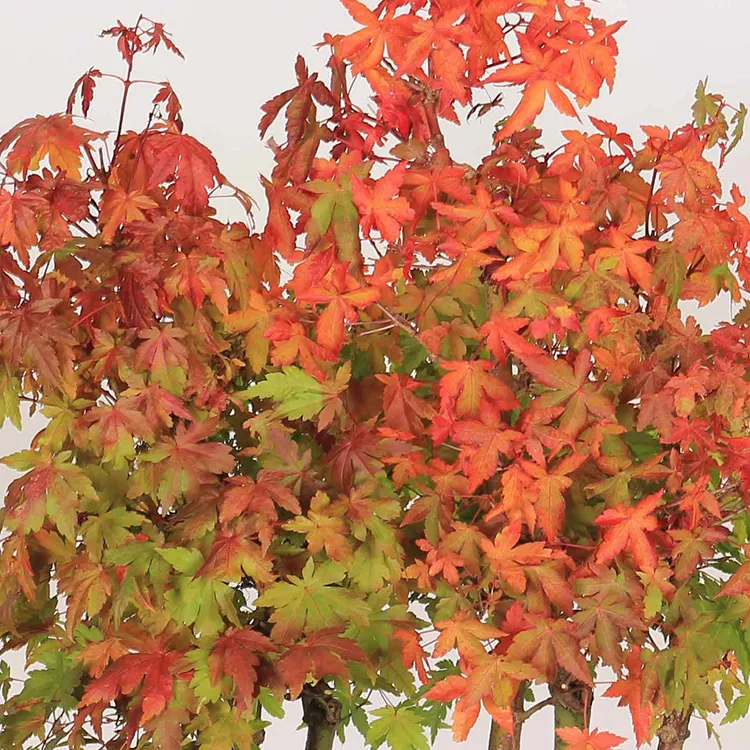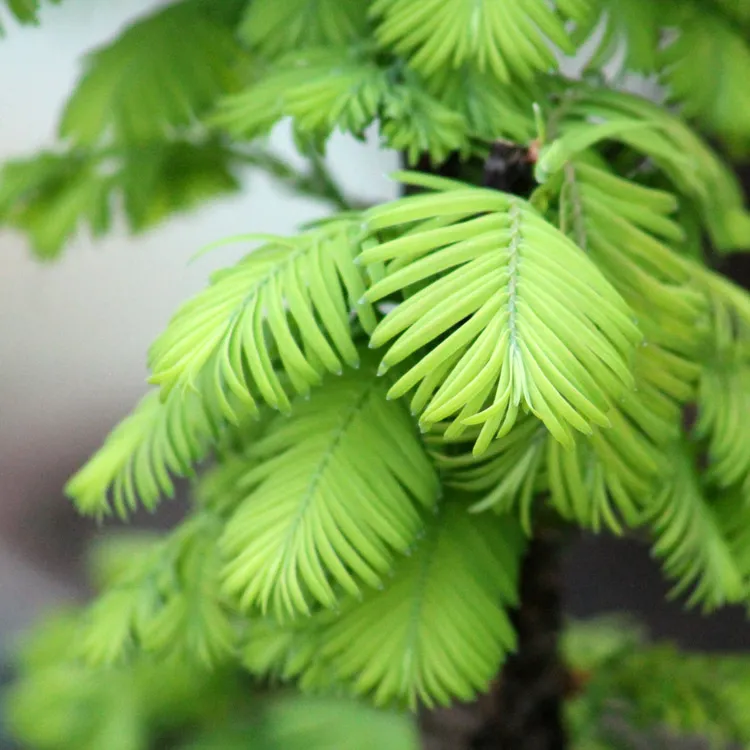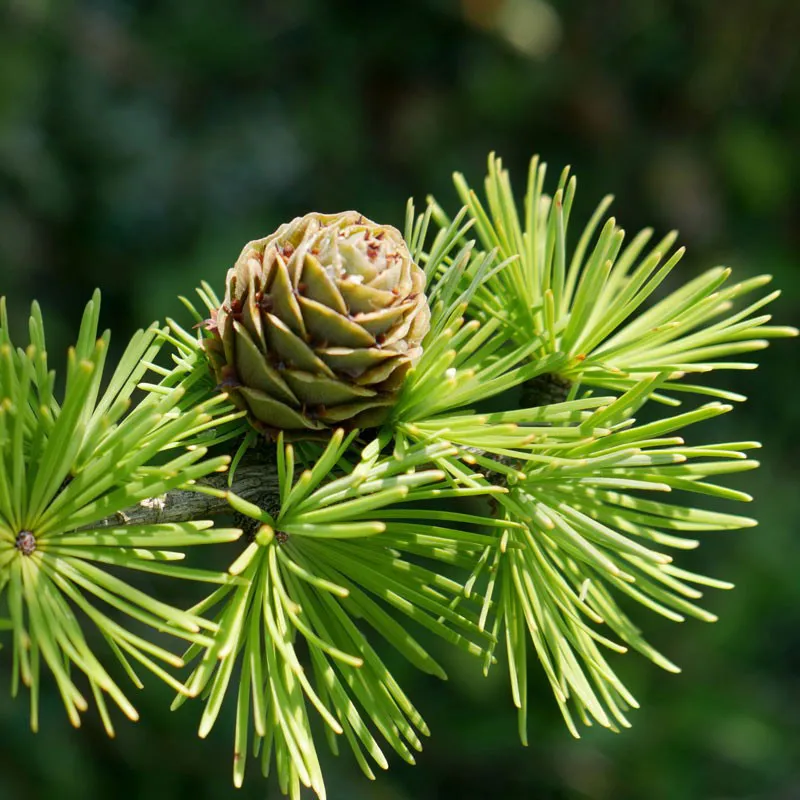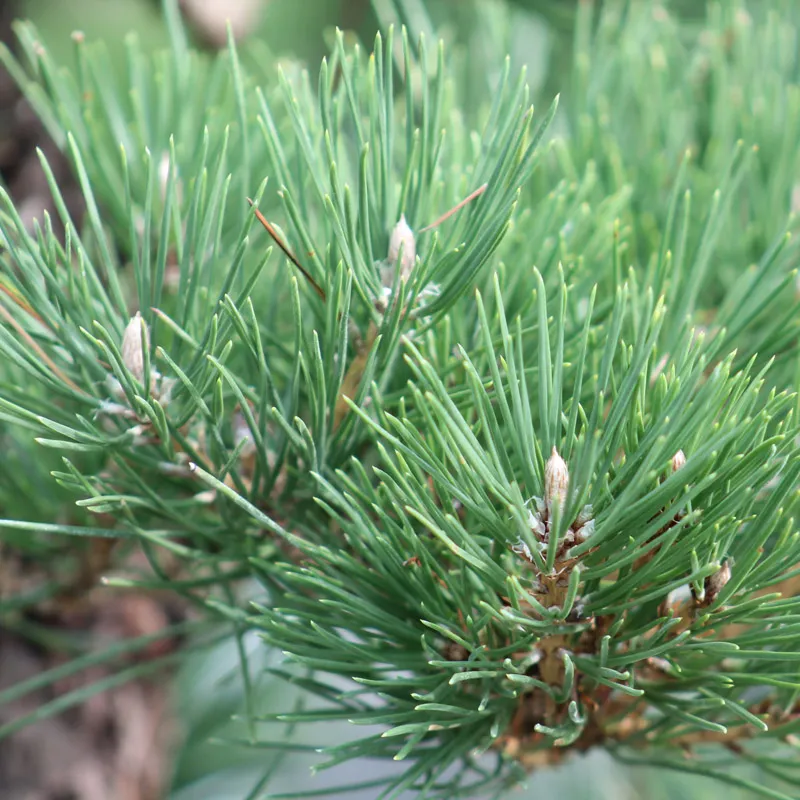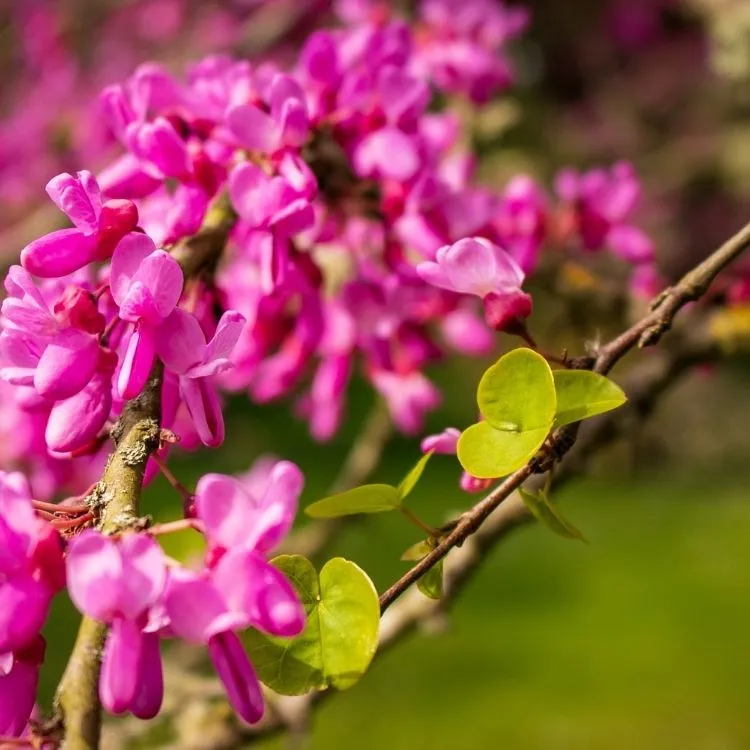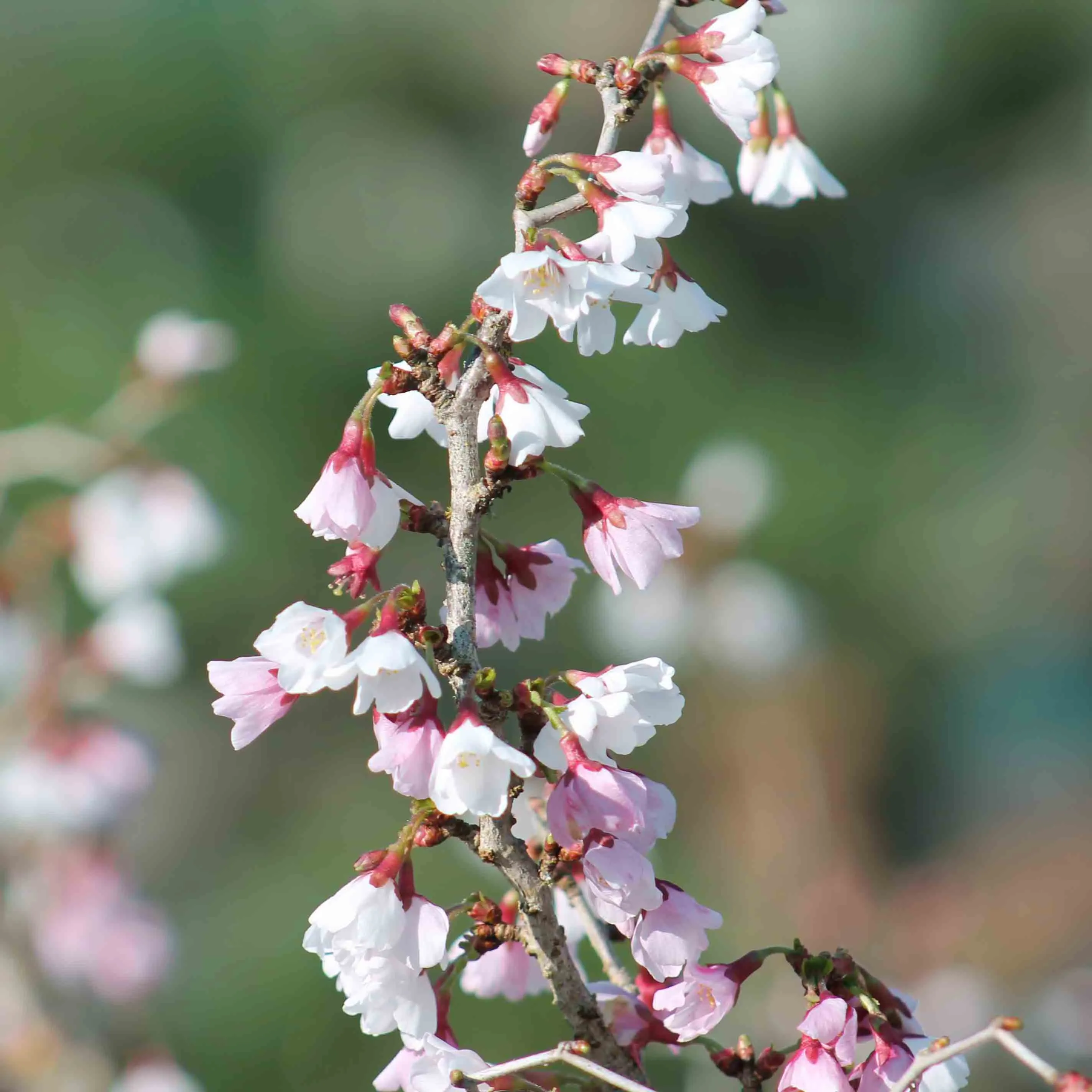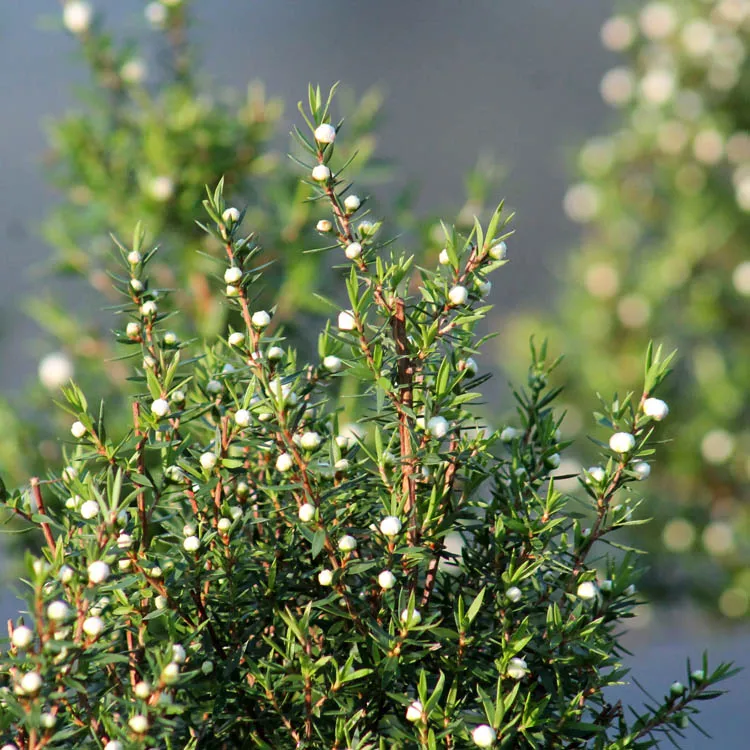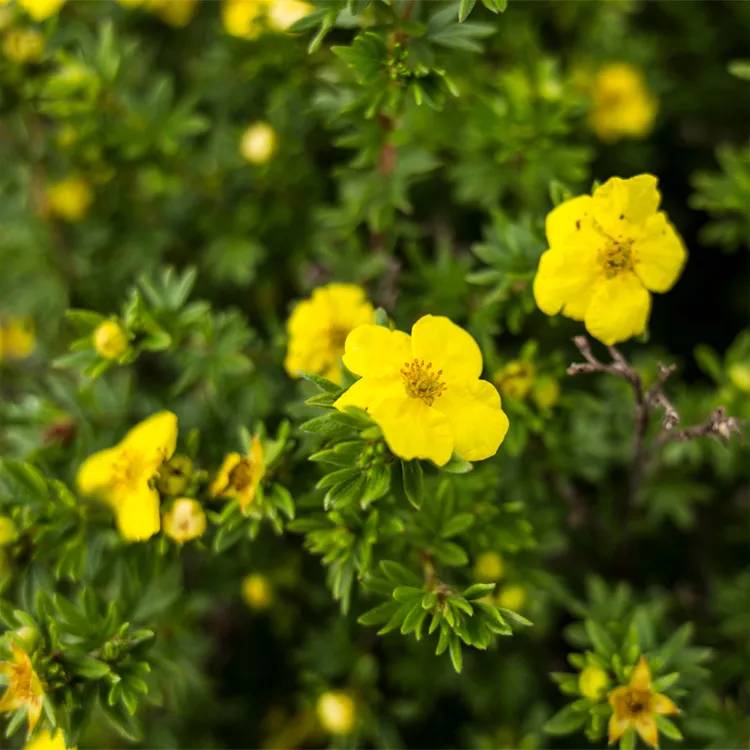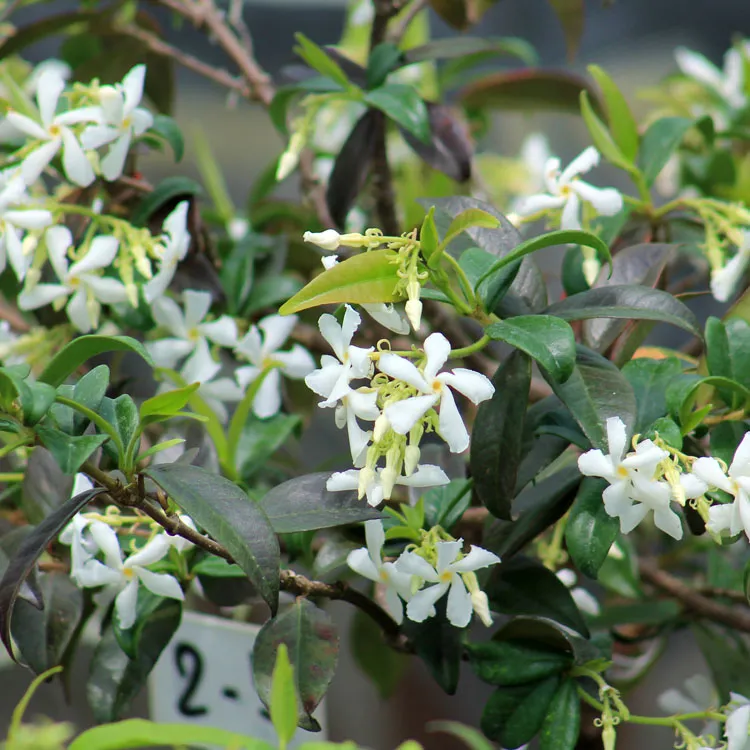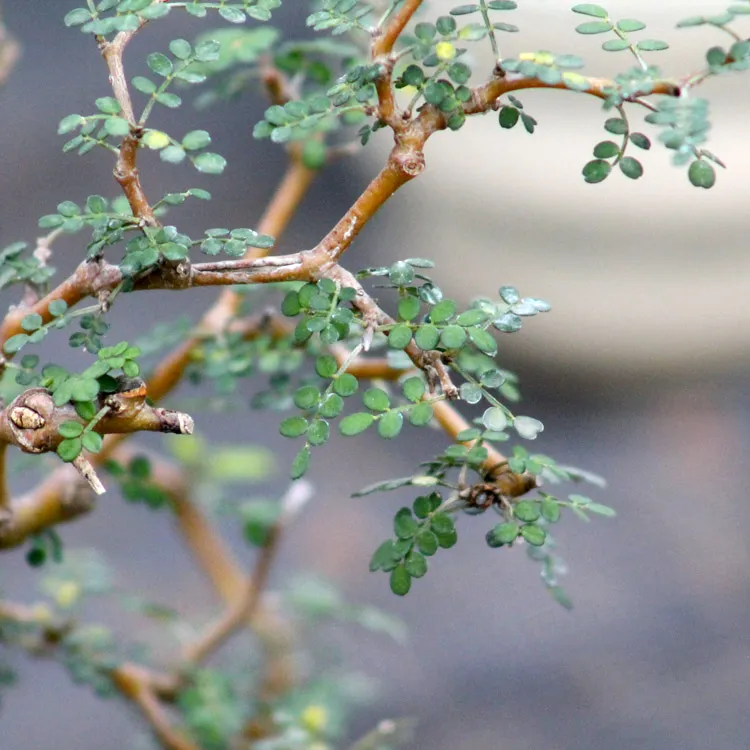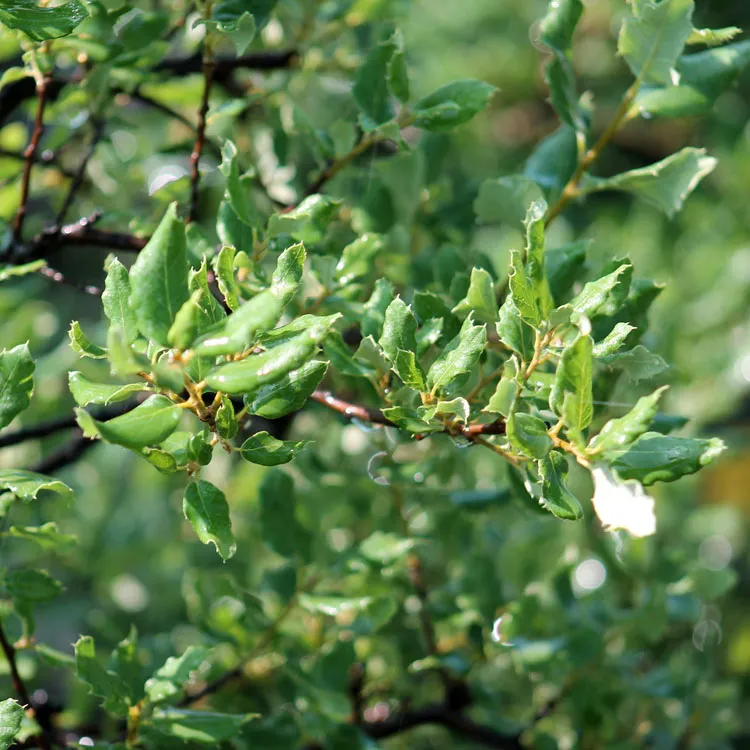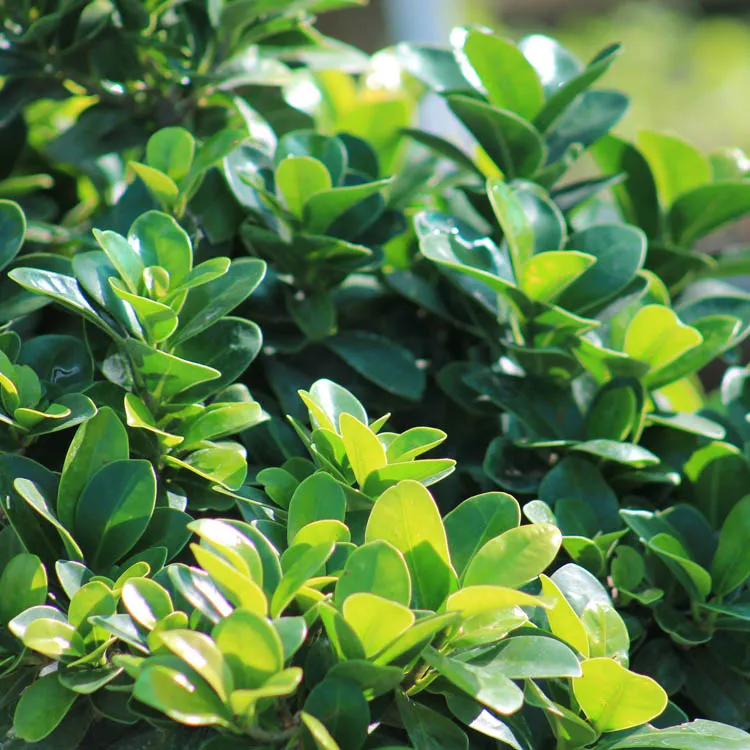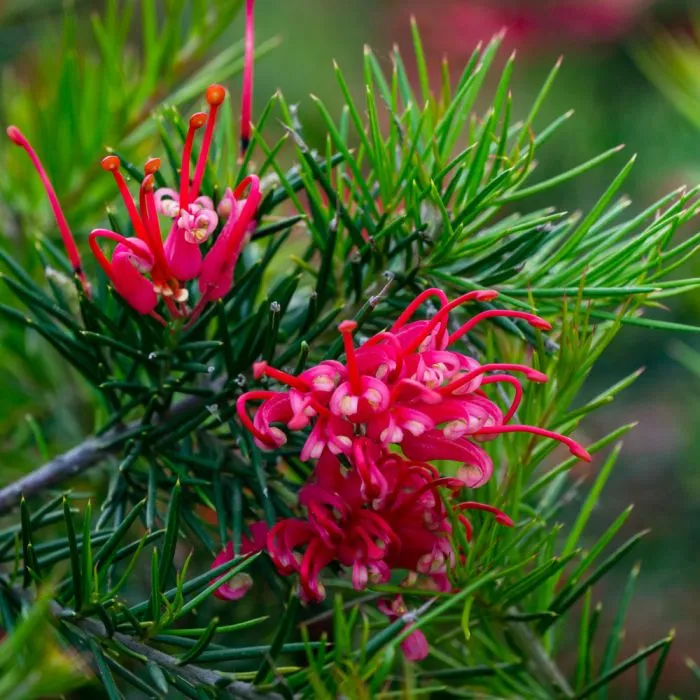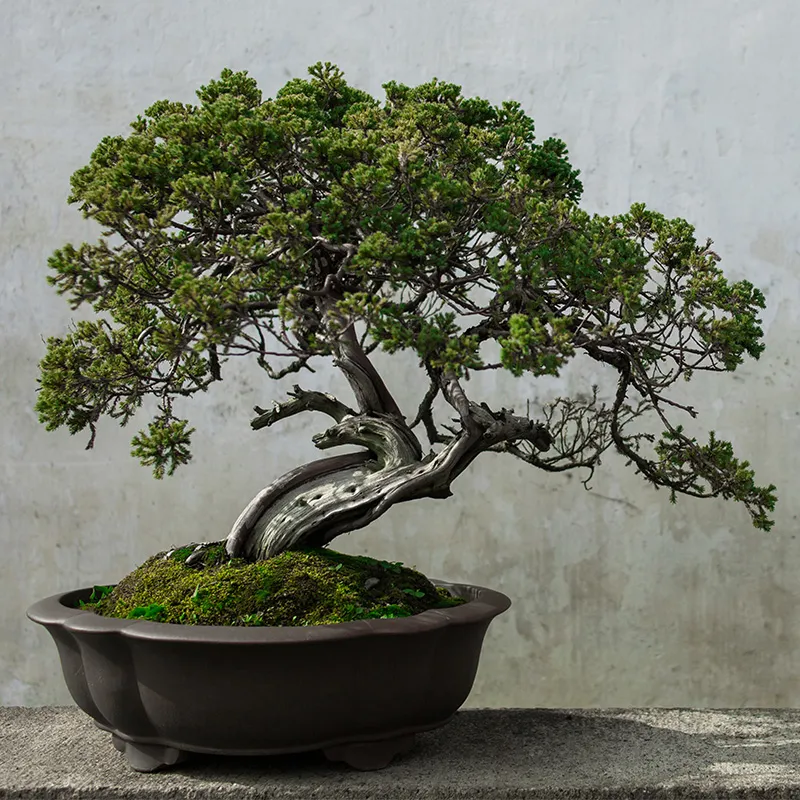Do you want to get started in the art of bonsai? Do you want to complete your collection? It's true that when you start to dive into this art, the desire to have new residents in your collection is tempting. Owning a bonsai is above all a purchase of reason than a purchase of love. Indeed, a bonsai commits you for the long term and you will have to make it evolve with patience and benevolence. So how do you choose a quality bonsai and especially a tree that will please your home?
Choose a strain you like
It may seem obvious, but for many enthusiasts, bonsai is first and foremost a hobby. Growing a bonsai doesn't have to be a compulsion; only a pleasure. Don't buy a black pine or a Japanese maple just because they are emblematic species of this art. Buy it because you enjoy them and find them charming and dazzling.
When you don't like a bonsai from your collection, you don't take care of it as well, you neglect it, you work on it reluctantly. Really, that's all it avoids.
Similarly, some species such as Chinese elms or ficus trees do not always have a good reputation. They are considered beginner's bonsai (and we think otherwise). If you enjoy the tiny leaves and cracked bark of a Chinese elm, then don't listen to others and indulge yourself. Simply.
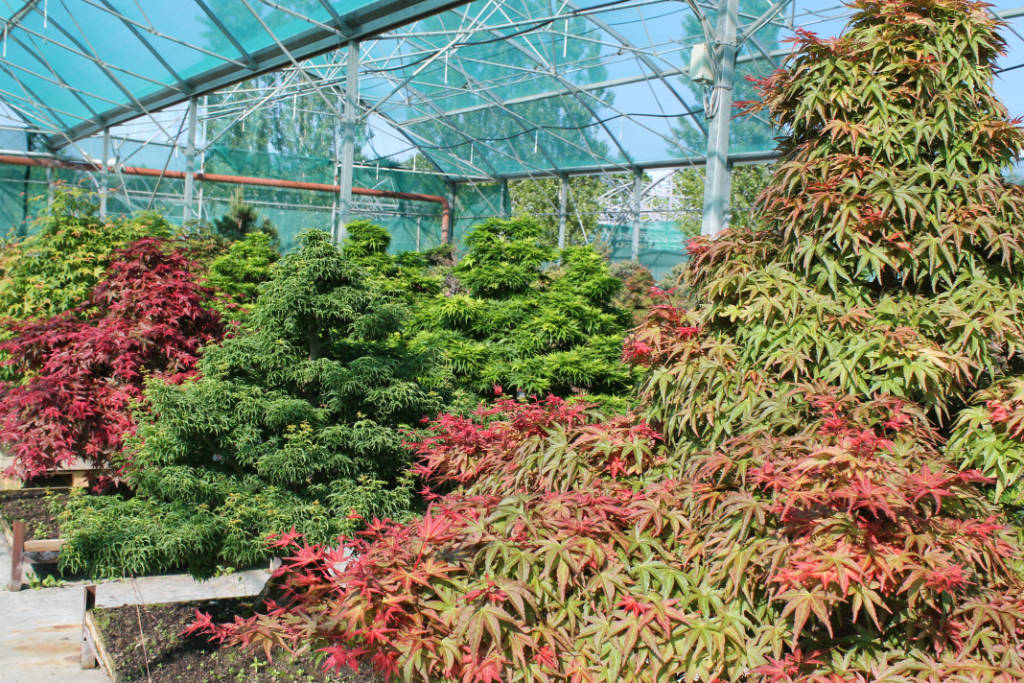
Choosing a bonsai that is adapted to your environment
Not all bonsai require the same needs. Some need a lot of light, others fear the scorching sun. Some can handle a hot day without watering, others absolutely need to have their root balls always slightly moist.
You'd be making a mistake to want to buy a bonsai pine tree when you have a garden that's in the shade all afternoon. Similarly, wanting to indulge yourself with a beautiful Japanese maple, when you only have a balcony in full sun. Again, hoping to be able to grow something other than a ficus tree inside an apartment.
Learn to understand your environment and its constraints and choose only species that are adapted to your living environment. Sometimes we have to resign ourselves, and accept that some bonsai are not suitable to live in our climate and in our environment. Insisting on a variety that cannot evolve and develop at home is unfortunately often doomed to failure.
Do you have any doubts about a bonsai? Don't hesitate to give us a call. We will advise and support you in your choice.
It's also important to think about the size (dimension and weight) of a bonsai tree. The larger the tree and pottery, the more spaced the watering can be. On the contrary, the smaller ones (Shohin and Mame) require more supervision, especially in summer. Growing these bonsai trees that are less than 20cm tall is sometimes complicated, and the most successful ones are often the ones that can be at home for much of the day. Indeed, during a heat wave, it is important to water your bonsai several times a day.
On the other hand, choosing large bonsai trees also has its disadvantages, especially for moving or repotting them. The big bonsai trees you can see on display easily weigh 30kg, and often more. Take into account that in a few years, they will be more difficult for you to move alone.
The "go-anywhere" dimension for a bonsai is certainly between 40cm and 60cm. The substrate doesn't dry out too fast and they aren't too heavy.

A question of budget
Some bonsai trees are worth thousands of euros. In Japan, it is not uncommon to see several pieces trading for hundreds of thousands of euros. Is this unreasonable? No, because the prices are justified in relation to the quality. What would be unreasonable would be to spend more than you can.
Maybe you have a family, children? If to live your passion, you can sacrifice some time to acquire the bonsai of your dreams. You can't ask your family to do the same. For example, by forcing them to deprive themselves of vacations.
Obviously, everyone is free to define their budget and arbitrate their expenses as they wish. We have nothing to say about that, that would be presumptuous of us.
Since the creation of our bonsai nursery, our goal has always been to allow as many people as possible to be able to buy beautiful bonsai. We don't think it should be an elitist hobby. That's why the right price for a bonsai has always been one of our main concerns.
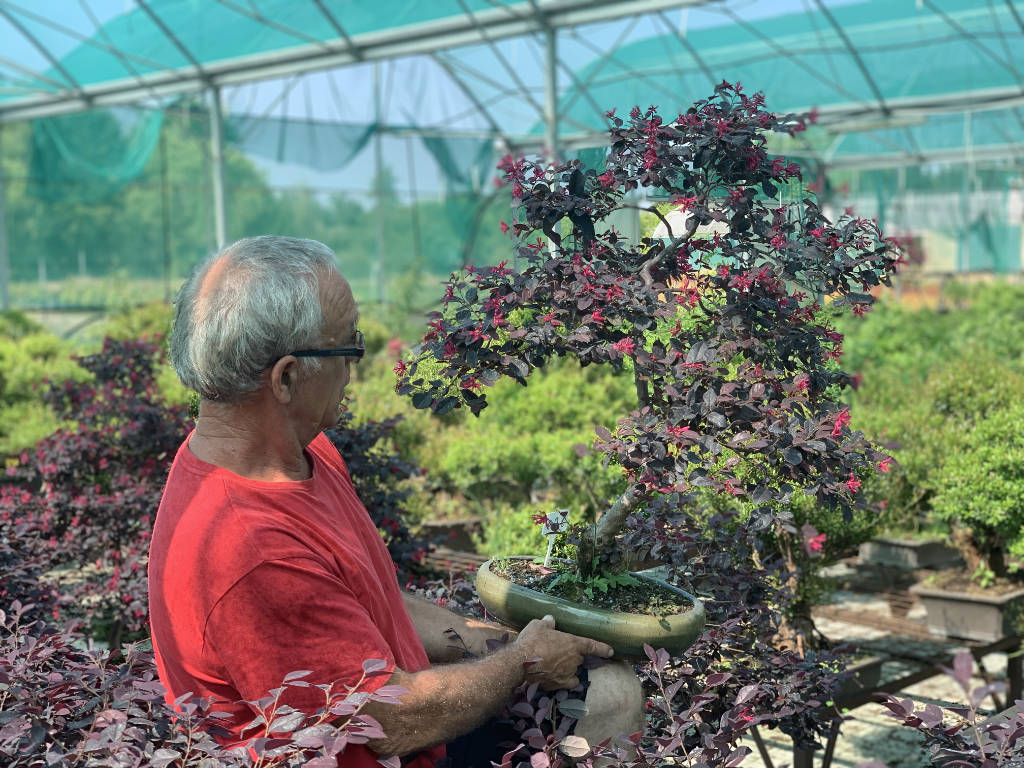
Choosing the right quality bonsai
Let's get to the heart of the matter, and this is where things get complicated. Ask a few friends for advice on buying a bonsai. You'll see that everyone will have a different opinion. It's normal, we're dealing with subjective criteria, but it's also destabilizing.
The main advice we can give is not to focus on what your bonsai looks like now, but more on what it will become in a few years. You're not buying a sculpture or a painting that you're going to put in your living room. On the contrary, you're buying a living being that will evolve and that you're going to have to work on (and that's the most exciting part).
There are a lot of branches and you have trouble seeing the structure? Think of it as an advantage! You have the possibility to choose between several possible formattings, depending on the branches you will keep or cut. Keep in mind that it only takes a few seconds to cut a branch, and years to form one.
Do you think that the bonsai branches are not developed enough? That the trays lack density? It's just a matter of time and work. Year after year, the tertiary branch will be created.
Even if choosing a bonsai is above all a personal decision based on subjective criteria, it should not be forgotten that this art obeys certain canons of aesthetics (strongly influenced by Japan). A bonsai is not just a potted tree but must have special qualities:
- The trunk should have a nice taper, i.e. it should become thinner and thinner as you go up towards the apex.
- The base of the trunk, also called Nebari , should be flared, having, if possible, roots that will visually anchor the tree to the ground. The idea is to give an impression of power and age.
- The lowest branches should be the largest and the tallest should be the thinnest (because they are younger)
- etc.
We will come back to all these elements that determine the beauty of a bonsai in more detail. On the other hand, it would be a mistake to choose only trees that are the embodiment of these canons of aesthetics. Not only is it very difficult to find them (because each tree has its own flaws) but they are often soulless bonsai, trained in a school way.

Remember those bonsai trees that moved you, in front of which you were speechless contemplating them. Were they perfect? No, on the contrary. Often they even have big flaws, which contradict the famous "bonsai rules" to which many people are attached.
In the end, we are in a real culture shock, the best of which can be found in the gardens. Compare a French garden and a Japanese garden. In the first one we find very straight lines, symmetry, everything is clean. The second is asymmetrical, more natural, with sinuous lines, foam that settles over time.
We could sum it up by saying that we Westerners seek perfection to achieve beauty, while the Japanese seek beauty in imperfections.
It's the same in bonsai. What makes some trees beautiful are these imperfections, this weird branch, this unexpected trunk curvature, this root that shouldn't be there but that needs all the interest of the tree.
Where are we going with this?
Choosing a bonsai means balancing objective criteria while letting your heart speak. Sometimes you just have to step back, look at the tree as a whole, and see that the magic happens.
Did you know? The word "bonsai" originated in the Japanese language and does not take an "s" in the plural. So don't be surprised if you see the word "bonsai" without an "s" when we're talking in the plural.


 Production of French Bonsai
Production of French Bonsai


